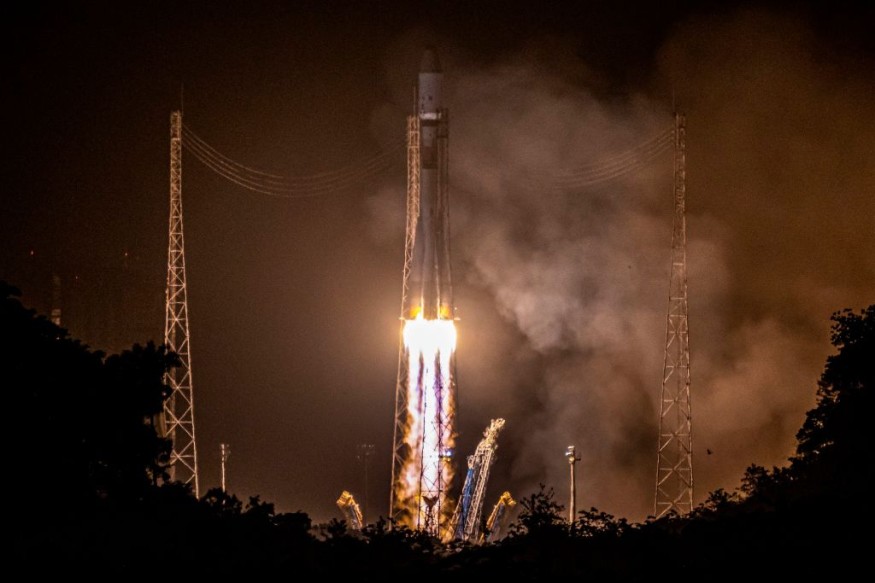
The Transiting Exoplanet Survey Spacecraft, or TESS, a NASA world-hunting satellite, has discovered three of the tiniest, closest planets outside of Earth's solar system.
According to "A Super-Earth and Two Sub-Neptunes Transiting the Nearby and Quiet M Dwarf TOI-270," one planet is solid and somewhat larger than Earth. At the same time, the other two are gaseous and approximately double Earth's size.
The rocky planet is 73 light-years away and is in the "habitable zone," which implies it is far enough away from a neighboring star to be able to support life. It also doesn't produce a lot of flares, which makes it easier for scientists to study.

"Missing Link" Planet: TOI-270b Not Like Any Other Solar System
Astronomer Stephen Kane of UC Riverside's NASA-funded Alternative Earths Astrobiology Center said in a statement that they discovered just a few planets like this in the habitable zone and even fewer in the vicinity of a calm star. Hence, they found the discovery unusual.
The smaller planet is not only in the habitable zone-the range of distances from a star where a world might have liquid-water oceans-but the TOI-270 star is also close, making it brighter for viewing. It's also "silent," meaning it produces few flares, which Kane says makes it easier for astronomers to examine it and its circling planets.
Kane told The Daily Galaxy that the known planets in the TOI-270 system range from 1.2 to 2.4 times the size of Earth. So the planets straddle an attractive threshold between smaller rocky planets and bigger gas giant planets. Measuring the makeup of these planets' atmospheres, according to Kane, is a critical step toward understanding how the worlds developed and evolved and why they don't have similar planets in the system.
Will JWST Help TESS in Studying This System?
Despite this, scientists believe it is improbable that the rocky planet harbors life since it is expected to have a thick atmosphere that traps heat and makes the surface too hot for life to exist. Researchers hope to investigate the system using James Webb Space Telescope.
TESS monitors portions of the sky for 27 days using four big cameras. Its attention is drawn to stars less than 200 light-years from Earth's solar system.
The spacecraft just finished its first year on the job, during which it identified more than 20 planets outside of our solar system.
While TOI-270 is far enough away that no one alive today would ever visit there, it is still considered close at 73 light-years. Kane said our galaxy has a diameter of 100,000 light-years and is one of the millions of galaxies.
RELATED ARTICLE : Is Earth Acting Weird in Our Solar System? Here's What Astronomers Say!
Check out more news and information on Space in Science Times.
© 2025 ScienceTimes.com All rights reserved. Do not reproduce without permission. The window to the world of Science Times.










